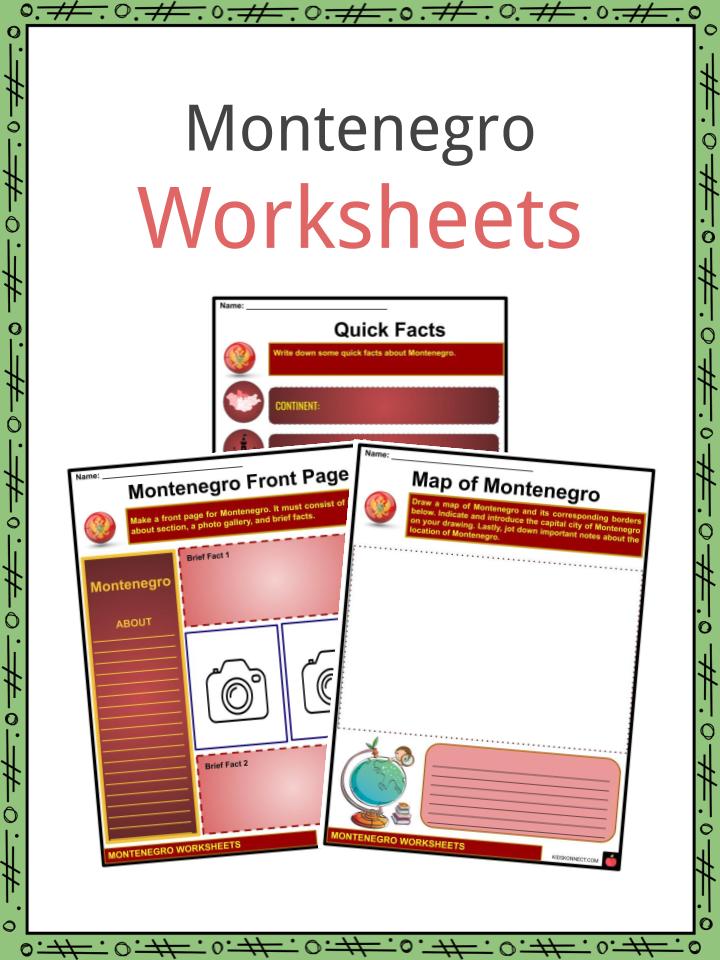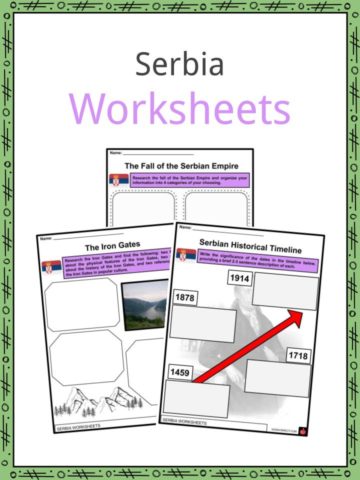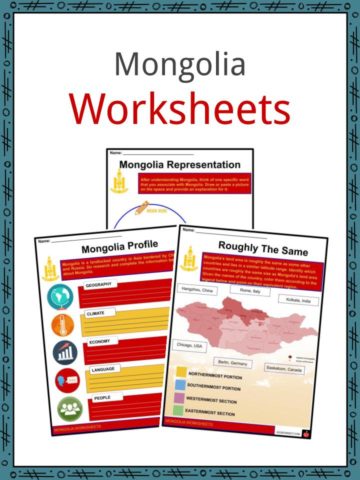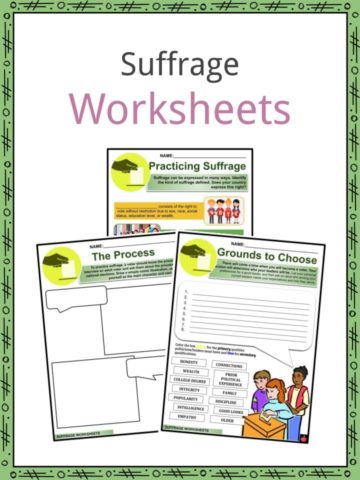Download This Sample
This sample is exclusively for KidsKonnect members!
To download this worksheet, click the button below to signup for free (it only takes a minute) and you'll be brought right back to this page to start the download!
Sign Me Up
Table of Contents
Montenegro is a landlocked country in Europe bordered by Serbia, Kosovo, Albania, and Bosnia and Herzegovina. The capital of Montenegro is Podgorica, which is one of twenty-three municipalities in the country. Cetinje is designated as the Old Royal Capital of Montenegro.
See the fact file below for more information on the Montenegro or alternatively, you can download our 19-page Montenegro worksheet pack to utilise within the classroom or home environment.
Key Facts & Information
INTRODUCTION
- Montenegro is known as a habitat for animals such as wild pigs, bears, deer, martens, wolves, foxes, and wildcats.
- There are many species of fish, insects, and snails found only in Montenegro.
- Montenegro is additionally home to many Mediterranean plants and trees, specifically palm, pine, magnolia, cypress, sago palm, banana, ficus, and eucalyptus.
- Montenegro is also the home to the highest mausoleum in the world.
ETYMOLOGY
- The country’s name translates as ‘black mountain’. It is named this because of the dark mountainous forests that cover a lot of the land.
HISTORY
- In its early days, the nation now known as Montenegro was divided into several districts, each with a complicated history.
- The name Montenegro was first given to the region in the 15th century. The area fought against occupation by the powerful Ottoman Empire for many years.
- Montenegro was a theocracy from the 1500s-1800s. It was ruled by Bishop Princes until 1852, the period when the government and church separated.
- After World War I, Montenegro became part of the Kingdom of Serbia before becoming part of Yugoslavia. During this era, there were also civil wars in Montenegro.
- Yugoslavia came to be a Communist. When the Yugoslavia collapsed, Montenegro was a member of a federation with Serbia (Serbia and Montenegro).
- Montenegro proclaimed independence in 2006, officially becoming its own country.
- Montenegro is now a republic with a president and prime minister.
- Montenegro is the 192nd member of the United Nations.
- Integration into the European Union is the country’s strategic goal.
GEOGRAPHY
- Montenegro is a country in Southeastern Europe on the Adriatic Sea.
- With a total land area of 13,812 sq km, Montenegro is slightly smaller than the US state Connecticut and slightly larger than twice the size of Delaware.
- Montenegro has a Mediterranean climate on the coast. Summers are long, warm, and dry while winters are mild and wet. In the mountains, the country has alpine conditions. It is cold and dry for most of the year.
- The general terrain is a highly indented coastline with rugged mountains and a narrow strip of beaches.
- Montenegro’s most notable mountain ranges include the Durmitor range, Mount Orjen, and Mount Lovcen.
- Along the Adriatic Sea, there is also a submerged river canyon named the Bay of Kotor.
ECONOMY
- The main industries in Montenegro are steelmaking, aluminum, agricultural processing, consumer goods, and tourism.
- The main agricultural products include tobacco, potatoes, grains, citrus fruits, olives, and grapes.
- Sheep herding and commercial fishing also contribute to the economy.
- Unlike some other European nations, Montenegro is relatively poor. This is true for most European countries that were former Soviet republics.
- After gaining independence, the economy of Montenegro steadily improved until 2008, when the global recession had a major negative impact. In more recent years, the economy has again started to improve.
- Montenegro’s unemployment is high, at about 18%.
- The currency of Montenegro is the Euro.
CULTURE
- The official language of the country is Montenegrin. Recognized minority languages are Albanian, Bosnian, and Croatian. Some Italians reside in Montenegro, especially in the Bay of Kotor, so Italian is spoken as well.
- Around 70% of the people in Montenegro are Orthodox Christians. A further 17% practice Islam, and about 4% practice Roman Catholicism. Protestantism and Judaism are two minority religions.
- Montenegro’s food is influenced by Greek, Italian, and Turkish cuisine.
- Because of its location by the Adriatic, seafood is also popular in Montenegro.
- Fish is usually dried in the sun before being smoked over a fire. Fish salad or goulash is regularly served with spinach or boiled potatoes. Kajmak, a cheesy cream, is frequently served with beef, pork, mutton, and poultry. Olive oil is a common ingredient in several dishes.
- The history of Montenegro is marked by conflict and wars, so important cultural values include bravery, loyalty, and a love of the country.
- Traditional music, dance, epic songs, and poems often focus on families, clans, and tribal identities.
Montenegro Worksheets
This is a fantastic bundle which includes everything you need to know about the Montenegro across 19 in-depth pages. These are ready-to-use Montenegro worksheets that are perfect for teaching students about the Montenegro which is a landlocked country in Europe bordered by Serbia, Kosovo, Albania, and Bosnia and Herzegovina. The capital of Montenegro is Podgorica, which is one of twenty-three municipalities in the country. Cetinje is designated as the Old Royal Capital of Montenegro.
Complete List Of Included Worksheets
- Montenegro Facts
- Quick Facts
- Montenegro Front Page
- Map of Montenegro
- Outlining Events
- Additional Information
- Known For
- Fill the Box
- Fun Facts
- Montenegro Getaway
- Country Overview
Link/cite this page
If you reference any of the content on this page on your own website, please use the code below to cite this page as the original source.
Link will appear as Montenegro Facts & Worksheets: https://kidskonnect.com - KidsKonnect, September 2, 2020
Use With Any Curriculum
These worksheets have been specifically designed for use with any international curriculum. You can use these worksheets as-is, or edit them using Google Slides to make them more specific to your own student ability levels and curriculum standards.









